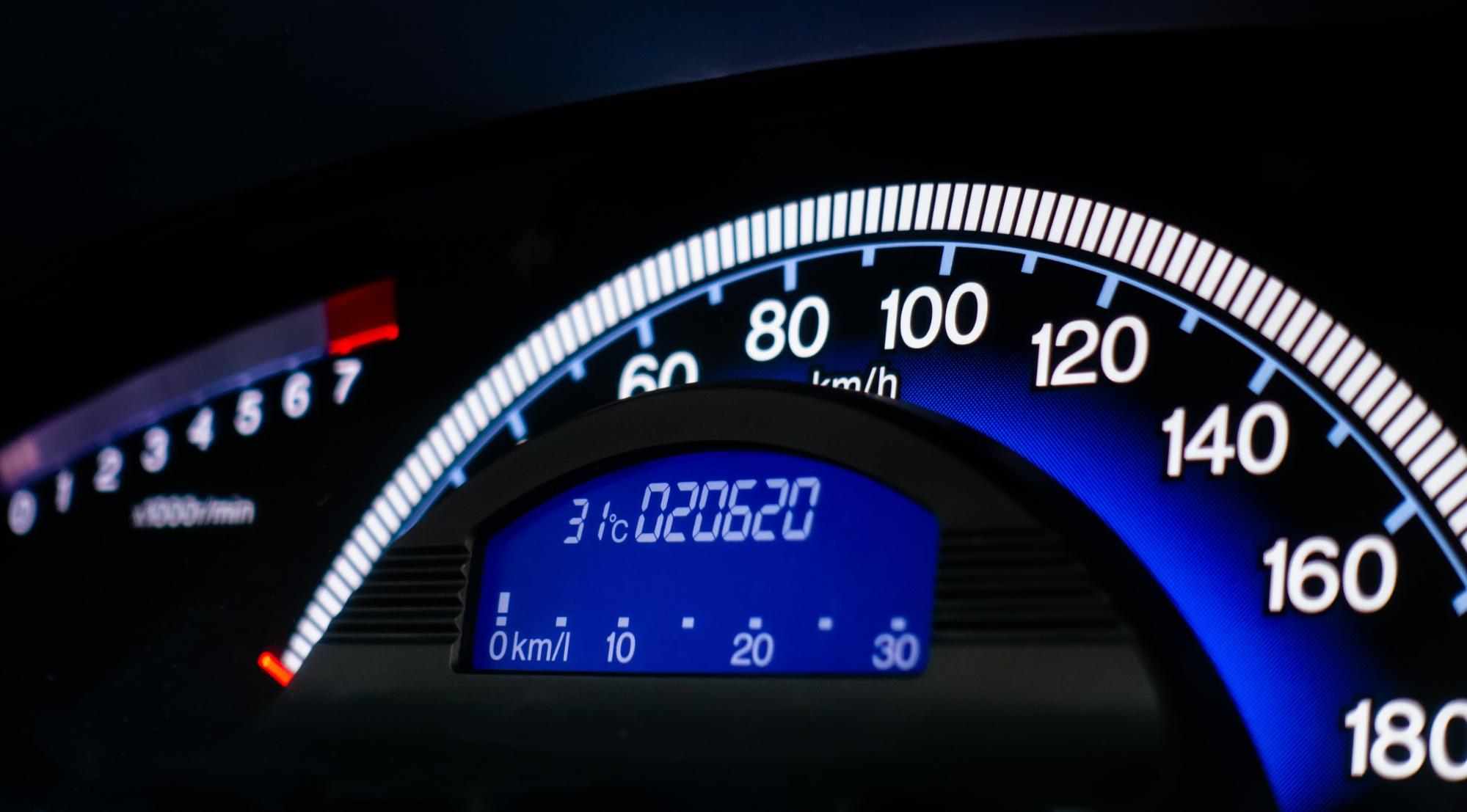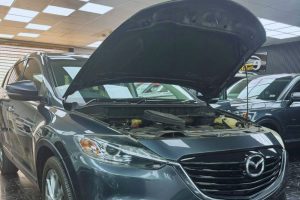People across the world, belonging to various cultures have different preferences for their products and services, and the automobile industry is no different. Travel anywhere and you will be greeted with a number of vehicles of different makes and tastes you are not familiar with. However, there is one concept, one simple idea in this industry that unites us all – Car mileage. No matter in which part of the hemisphere you are in, you will definitely feel right in place when engaging in conversation with a total stranger regarding this universal term. Mileage is now not a definition, nor a term – it is the lingo of car-enthusiasts worldwide that unites us all.
Here are some ways to improve your car mileage:
-
Constant Motion
-
Gear Up
-
The 30-Seconds Rule
-
Switch off the AC when not in use or reduce the power (Calm Down)
-
Choose the right tyres and tyre pressure (Under Pressure)
-
Regular Servicing of the Car (Doctor’s Checkup)
-
Switch to Manual (Paradigm Shift)
-
Travel Light (Light Headed)
-
Know the route (Wrong Turn)
It’s not a coincidence that 60kmph is regarded as the magic number when it comes to the streets – it actually has some hard facts and evidence to back it up! Studies have shown that maintaining the recommended speed can help enormously when it comes to saving fuel and increasing your car mileage. This is because the engine constantly needs to adjust to the increase in power thereby expending more fuel. Also, braking constantly is unavoidable when going at a faster speed. This reduces the efficiency of the car as a lot of potential energy is lost due to friction. In addition, most car manufacturers tend to optimize the performance of the car at a constant average speed which in most cases turns out to be 60kmph (this also helps them publish their data as more mileage equals more profits). So the next time you are on the road, try maintaining about 60kmph and you’ll find yourself at your destination without the need to stop for gas.
Purists will tell you that this is the most important rule when it comes to saving fuel and they are not wrong. There is a reason professionals spend most of their time perfecting their shifts as it can make the difference between a win and a loss. Using the correct gear for your speed is extremely important as the load on the engine is dependant on it. Failing to shift to the required gear slot according to the current speed will result in the engine expending more fuel than necessary.
How many times have you heard your fellow travelers tell you to switch off the engine when stopping at a red light? What if we told you that that’s not always the correct option. Studies have shown that one should only turn off their ignition if they are planning to stop for more than 30 seconds, otherwise it’s just not worth it. This is because the engine will actually use up more fuel to start up than what would have been required if you just left the engine running. So, the next time you are at a stop sign, take a quick peek at the timer and watch your savings soar.
Now before you start complaining about the heat outside and how this option is completely outrageous, give us a chance to explain. We all know how partial we can be towards our AC vents and it’s not exactly out of context either. Given the condition of the climate, some kind of temperature control is definitely sanctioned. However, one must be extremely wary about the amount of fuel required to keep the AC running at all times since it’s not a secret that air conditioners can gobble up fuel faster than we can type this sentence. Therefore, one needs to follow a decorum if they want to bring down their fuel costs, particularly in this sector. For starters, make a habit of turning on the air coolers to replace the hot air inside the car with cold air from the outside. This will greatly reduce the pressure on the AC and its relative fuel consumption. Also, try to install sun visors which will help keep the car cool when parked under the sunlight. Lastly, switch off the AC once the car is cool and you can switch it back on when the temperature goes up again. These might seem insignificant or irrelevant to your car mileage at first but you will be surprised at just how much fuel-efficient your car becomes after these simple hacks.
Tyres are the only part of your car that is in constant contact with the ground below and therefore plays a significant role in your overall fuel consumption. Friction is by far the biggest culprit when it comes to the loss of power and therefore all efforts should be made to lower the friction between your tyres and the asphalt below in order to increase fuel efficiency. Choosing the right type of tyre for your vehicle is extremely important when it comes to dealing with friction. There are a lot of factors to consider when choosing the right type of tyre for your vehicle like the setting of your ride, whether it’s on-road or off-road, the surrounding climate and also the condition of the roads that you frequent. In addition, these tyres should be inflated optimally and pressure should be maintained constantly in order to ensure that the least amount of rubber brushes against the tarmac while also providing a stable ride. Checking the tyre pressure of your vehicle once every week can add gallons to your trip.
This goes without saying. There are over 30,000 different moving parts in your car, each one of them specific to a single task. It is a constant chain of command where each unit depends on the efficiency of the entity that precedes it and if one cog in the system fails, the others are bound to follow soon after. Therefore, it is necessary to get your car service and maintenance done at regular intervals even though there is nothing seemingly wrong with it. Change the air filters and lubricants in your car, and make sure that all the vents are open and free of dust. Such small steps can go a long way in increasing the life cycle of your vehicle while ensuring optimal fuel consumption.
We all know that the present trend in the industry is to automate every single aspect of your driving experience, but that is not always for the better. While AI technology is constantly improving and bridging the gap between silicon and cells, it is not always the best at imitating human factors. The automatic transmission does make the overall driving experience better but there are a lot of questions when it comes to efficiency and fuel consumption. Experienced drivers can switch gears almost intuitively while AI relies on a string of progressive algorithms to make that same decision, sometimes with an error. This leads to slight delays in the transmission where the engine consumes more fuel than necessary to make up for the lost power. So, the next time you see your fuel indicator nearing zero, try making this change and perhaps it will make the difference between driving and hitchhiking.
This is more of a life lesson than a fuel hack. We all know that more energy is required to displace larger objects than relatively smaller ones. Therefore, it should come as no surprise that your car also consumes more fuel when traveling with more luggage than a lighter car with relatively less weight. So, clear out the junk, travel light and watch your savings soar high.
This might seem like an irrelevant issue until you are on that one road trip with your friends in the middle of nowhere and that one person with the map goofs up. Do not be that person. Know your route well and conduct adequate research before heading off into the horizon, as you never know where one wrong turn can lead to!







